Air Blast Cooler Process
An air blast cooler is a form of heat exchanger. These make use of the air to cool a liquid, such water or oil. In addition, we produce Steam Air Heaters that use hot water or steam to warm the air. For this function, finned crimped tubes are employed.
In other words, A cooling system known as an air blast cooler. It employs a stream of air to remove heat from a fluid or gas. It is frequently used to cool huge machines or processes in industrial environments.
Working Principle
An air blast cooler operates by forcing a liquid or gas through a series of coils or tubes. These are commonly composed of copper or aluminium. These tubes are set up so that air can pass through them naturally or artificially with the aid of fans.
Heat is transmitted from the fluid or gas to the tube walls as it passes through the tubes. This heat is absorbed by the air passing over the tubes, warming it. After that, the cooler releases the warm air either naturally through convection or with the aid of fans.
The temperature and flow rate of the fluid or gas being cooled, the size and shape of the tubes, and the velocity and temperature of the air passing over the tubes are some of the variables that affect how efficient an air blast cooler is. Air blast coolers can be built to effectively cool a variety of fluids and gases. Also utilized in a variety of industrial applications by managing these variables.
Air blast coolers offer a cost-effective, energy-efficient, and versatile solution for cooling fluids in a wide range of applications.
Want to buy Air Blast Cooler… C’mon here is yours!!!


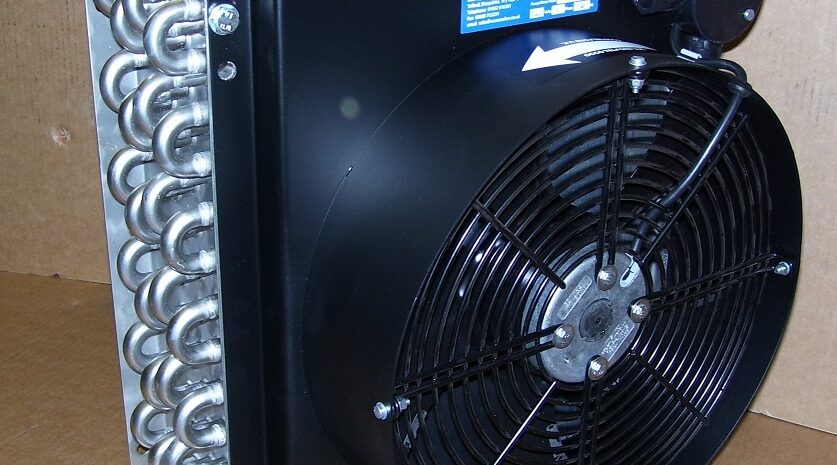
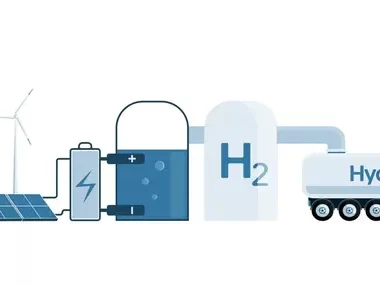
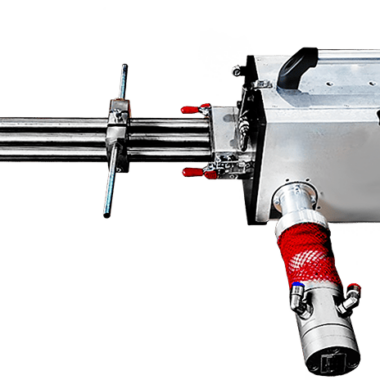
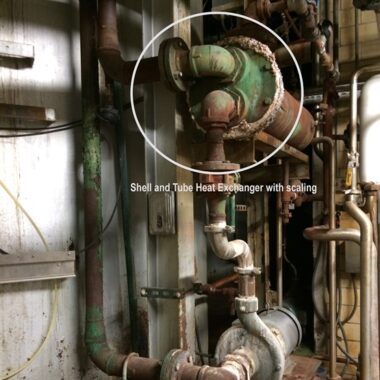
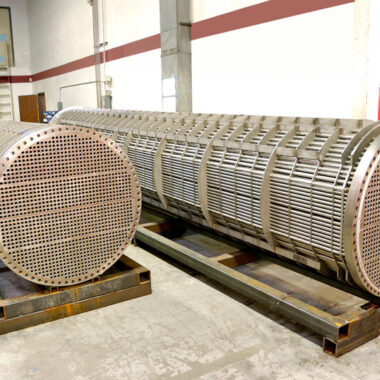
Air Cooled Chiller Manufacturers - Cool Fab Equipments December 21, 2023 at 6:08 pm
[…] air-cooled scroll chillers are a versatile and efficient option for commercial and industrial cooling applications. If you are […]
The Working Principle of Charge Air Coolers - Cool Fab Equipments August 04, 2024 at 9:43 pm
[…] Working Principle of Charge Air Coolers : Charge air coolers, commonly alluded to as intercoolers, are imperative components in […]